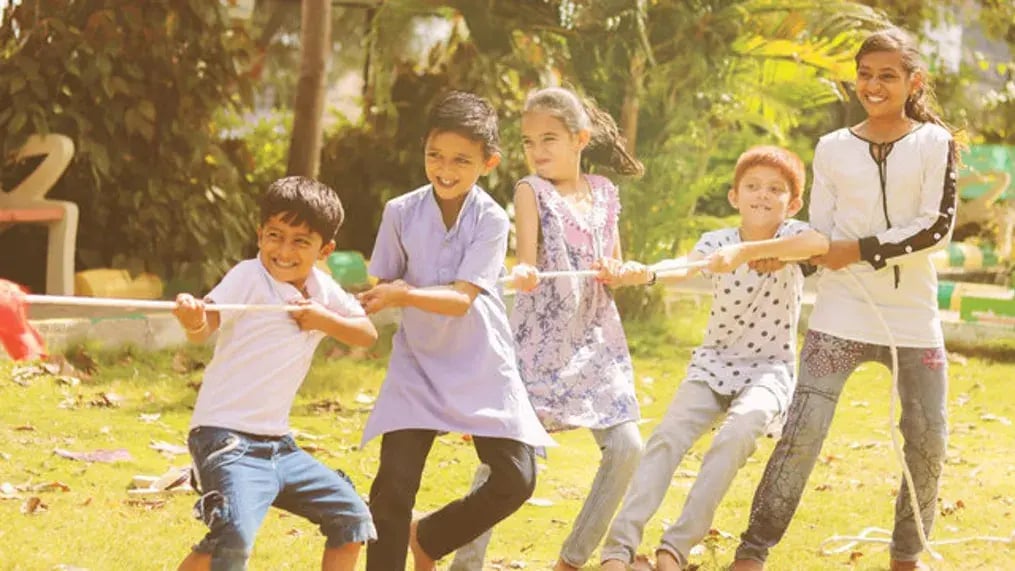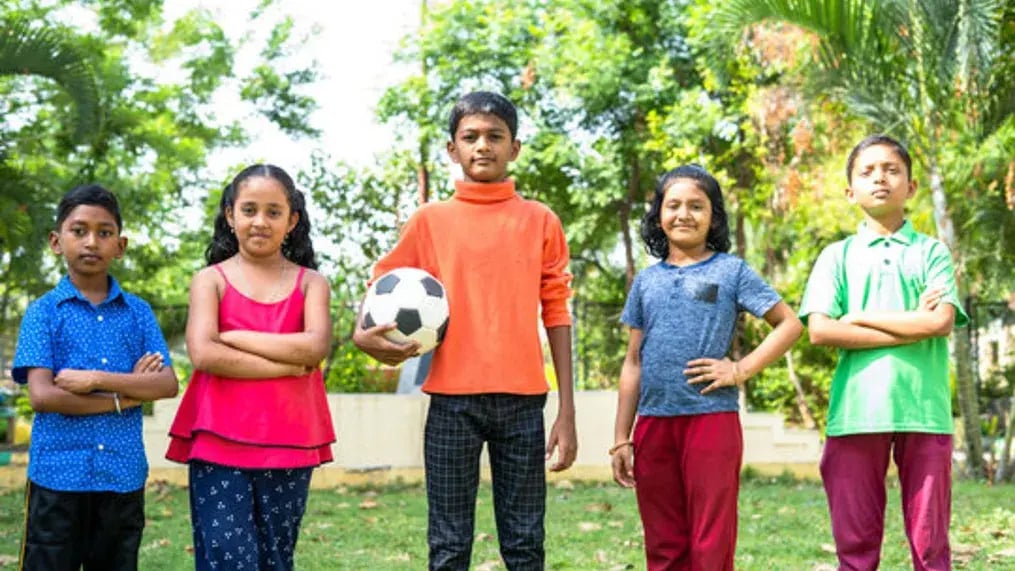- Physical Activity
- Connection with Nature
- Learning Responsibility
- Educational Opportunities
- Patience and Perseverance
- Boosts Mental Health
- Encourages Healthy Eating
- Promotes Creativity
- Family Bonding
- Life Skills
- Choose Plants
- Add Elements
- Chalks Wall
- Make A DIY Den
- Swap Sand
- Child-Friendly Plants
- Play Area
Introduction
Creating an outdoor garden space for children is a wonderful idea. A garden filled with secret dens, a play area, and endless fun activities is a perfect way to make the garden a place where children can safely explore and enjoy nature.

Gardening is a fantastic way to get kids of all ages outside and active. Older children can learn to grow vegetables, which is both educational and rewarding. They can take pride in seeing plants grow and enjoy eating the fruits or veggies.
For toddlers, a garden can be a delightful place to play and discover. Simple activities like digging in the dirt, watering plants, and watching butterflies.
Whether you have a large backyard or a small garden, there are plenty of creative ideas to make the garden fun for kids. From building small play areas to setting up garden crafts, the possibilities are endless. It’s a great way to encourage them to spend more time outdoors, enjoy fresh air, and develop a love for nature.
Why is having a garden Essential for kids?

Physical Activity
Gardening encourages kids to be active and helps improve their physical health. Activities like digging, planting, and weeding provide good exercise and contribute to overall fitness and development.
Connection with Nature
Spending time in a garden helps children connect with nature. This connection creates a love and respect for the environment, teaching kids about the natural world and the importance of biodiversity.
Learning Responsibility
Caring for plants teaches children responsibility. They learn that plants depend on kids for water, sunlight, and care, which instills a sense of accountability and routine.
Educational Opportunities
Gardening is a practical way to teach children about science, math, and nutrition. Through growing fruits and vegetables, they can learn about plant biology, life cycles, and the importance of healthy eating.
Patience and Perseverance
Gardening helps children develop patience and perseverance. They learn that plants take time to grow, and that consistent care is necessary to see results, teaching them the value of delayed gratification.
Boosts Mental Health
Spending time in a garden can reduce stress and anxiety, promoting mental well-being. Nurturing plants and being in a green, serene environment have calming effects.
Encourages Healthy Eating
When children grow vegetables and fruits, they are more likely to eat them. This creates healthy eating habits and an understanding of where food comes from.
Promotes Creativity
Gardening allows kids to express creativity through designing garden layouts, choosing plants, and creating garden art. This stimulates imagination and artistic skills.
Family Bonding
Gardening can be a family activity, creating opportunities for bonding. Working together on garden projects strengthens family relationships and builds teamwork skills.
Life Skills
Gardening teaches valuable life skills such as planning, problem-solving, and time management. Children learn to plan gardens, solve issues like pests or poor soil, and manage time to care for plants.
How To Create A Kid-Friendly Garden?

Creating a fun and safe garden for children can be a delightful project. Here are some ideas to help you design a kid-friendly garden:
Choose Plants
Include plants that engage all the senses. Choose fragrant flowers like lavender, colorful blooms like marigolds, plants with interesting textures like lamb's ear, and even edible plants like mint. This encourages children to explore and learn through touch, smell, sight, and taste.
Add Elements
Create small mounds and dips in the garden for kids to climb and play on. These simple landscape features can provide hours of fun and help develop physical coordination and balance.
Chalks Wall
Use garden paths or fence areas to draw with chalk. This is a creative way for kids to express themselves, and the artwork can be easily washed away with water, allowing for endless new creations.
Make A DIY Den
Using old bed sheets, make a small, cozy den or playhouse. This will give children a personal space where they can play, read, or just relax, fostering imagination and a sense of adventure.
Swap Sand
Instead of a traditional sandpit, consider using gravel or small pebbles. They are easier to maintain and less messy. Provide scoops, buckets, and toy trucks for digging and construction play.
Child-Friendly Plants
Select non-toxic, hardy plants that can withstand rough play. Avoid plants with thorns or toxic parts. Sunflowers, marigolds, and snapdragons are great, safe, and appealing options for children.
Play Area

Reserve a specific area of the garden solely for play. Install a swing, a slide, or even a small sandbox. A designated play area ensures plenty of room for fun activities without disturbing the plants.
Creating an outdoor garden space for children encourages them to explore, learn, and enjoy nature safely. A garden becomes an enchanting haven with features like secret dens, play areas, and sensory plants. Gardening creates physical activity, responsibility, and creativity, making it a valuable and rewarding experience for kids of all ages.
Tarishi Shrivastava is a young writer who has covered a range of topics on children's health, including nutrition, fitness, sleep, and parent-child bonding. With a keen interest in simplifying wellness for parents, she brings a practical and engaging approach to her writing. Beyond work, she enjoys exploring new ideas, staying curious, and creating meaningful content.
The views expressed are that of the expert alone.
The information provided in this content is for informational purposes only and should not be considered a substitute for professional medical advice, diagnosis, or treatment. Always seek the advice of your physician or another qualified healthcare provider before making any significant changes to your diet, exercise, or medication routines.
References
https://niua.in/intranet/sites/default/files/3159.pdf










